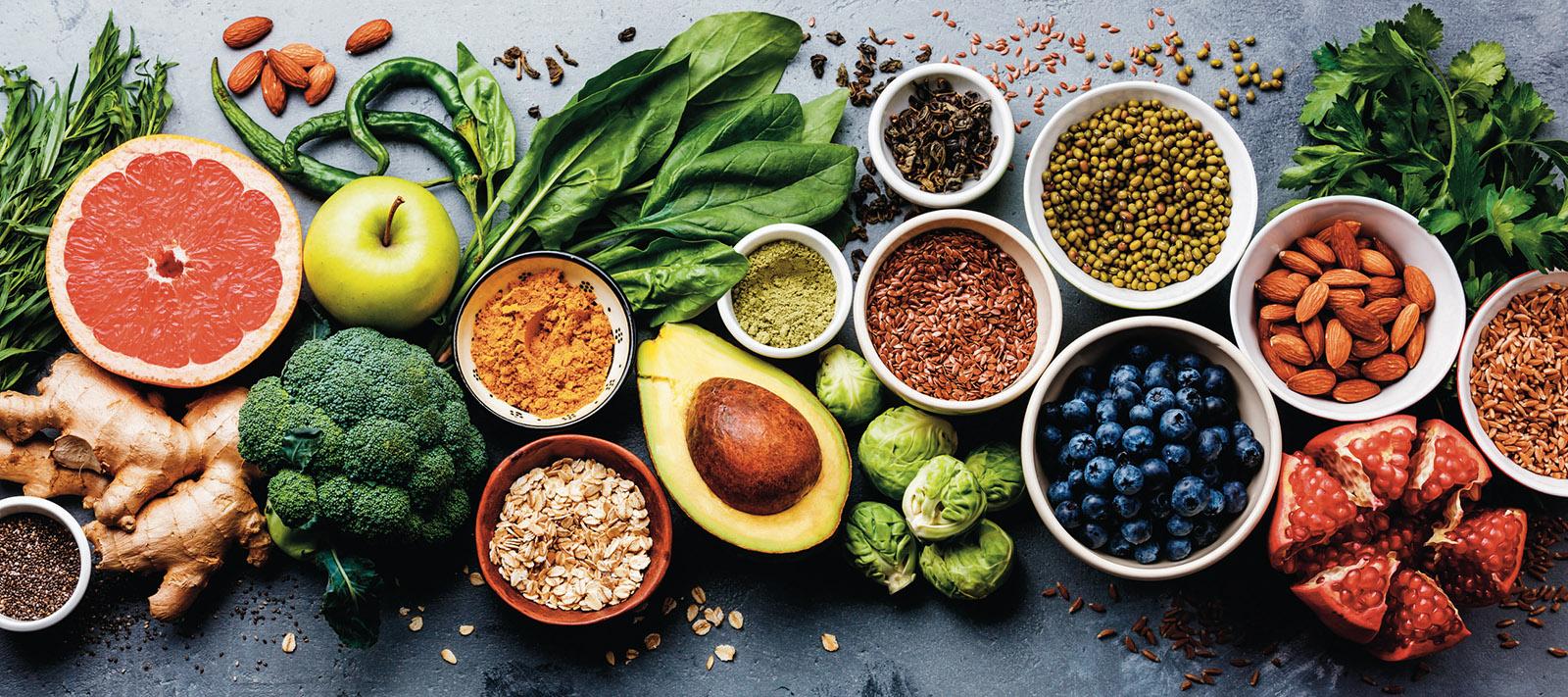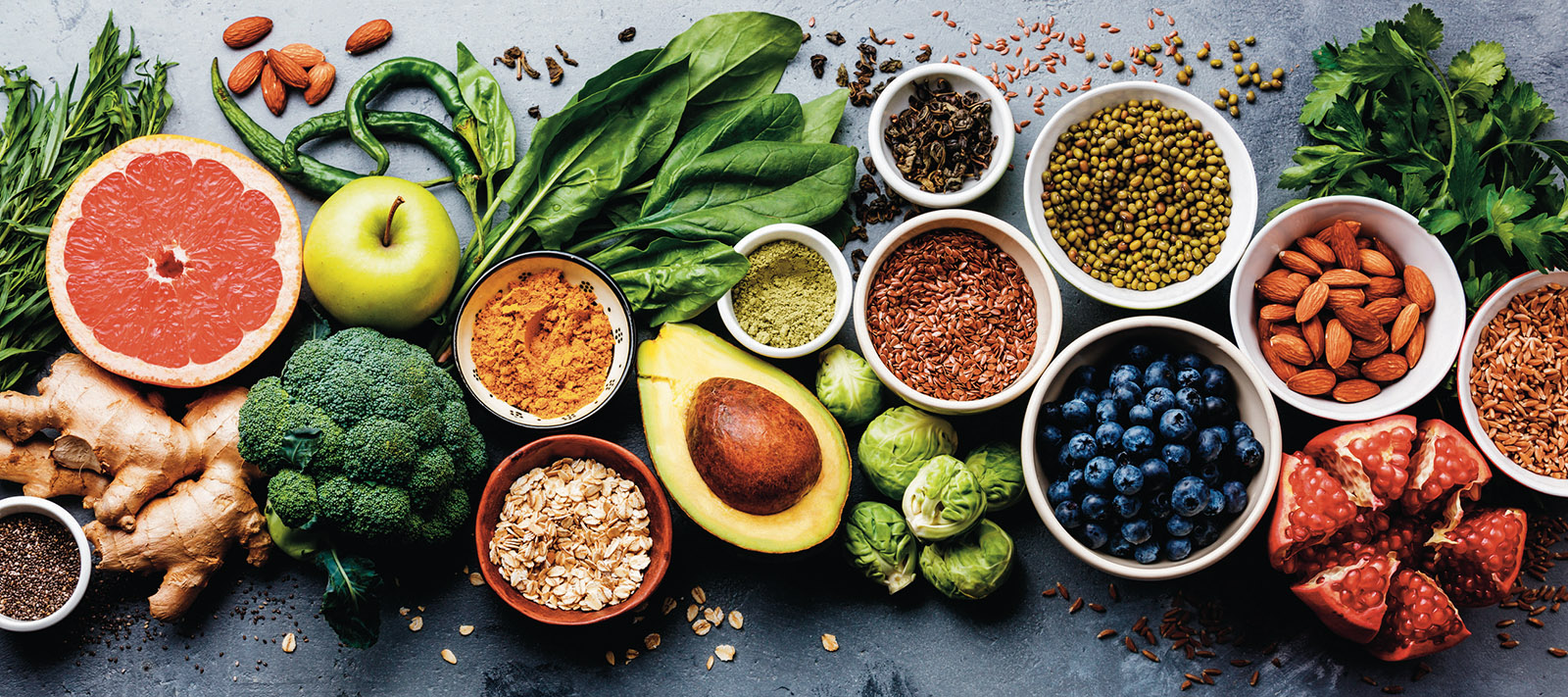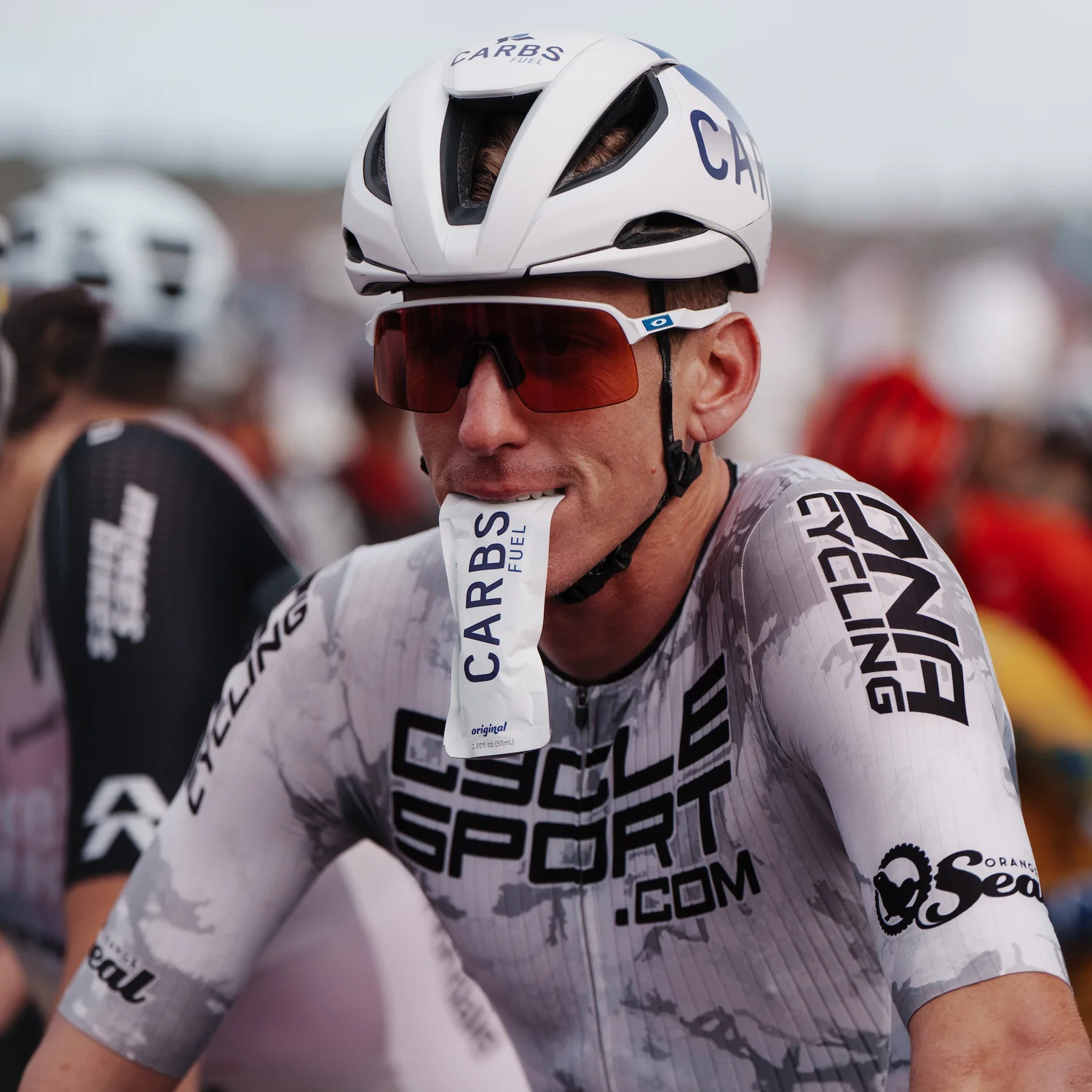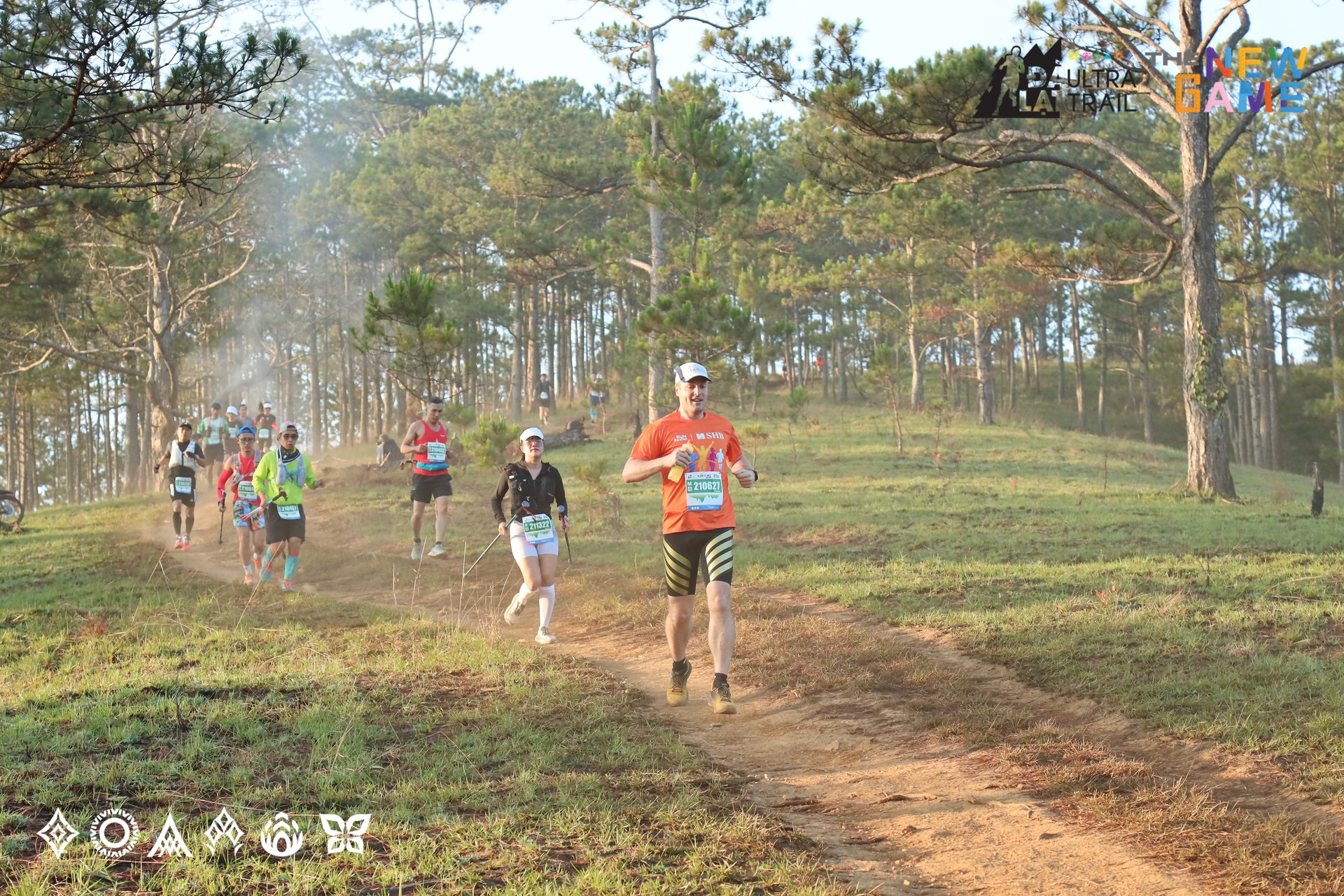
10/13/2025
NUTRITION PLAN FOR LONG-DISTANCE AND HIGH-INTENSITY CYCLISTS
For long-distance and high-intensity cyclists, a proper, energy-rich nutrition plan is essential to enhance stamina, recovery, and performance in both training and competition.
Cycling is a demanding sport that requires careful preparation, especially when it comes to nutrition. A well-balanced diet for cyclists helps maintain energy, boost endurance, and reduce the risk of injury. So, what should cyclists eat and how should they supplement to stay strong and train effectively?
Benefits of cycling
Cycling offers tremendous benefits not only for physical health as it strengthens muscles, lungs, and blood vessels but also for mental well-being.
Specifically, cycling improves cardiovascular health, builds stronger muscles and bones, and reduces risks of hypertension, stroke, and osteoporosis. Outdoor cycling also enhances respiratory capacity, supports weight loss, and improves body composition. Moreover, research shows that consistent cycling contributes to better sleep quality, as the body relaxes more easily and enters deep sleep.
On the mental side, physical activities like cycling stimulate the production of endorphins, which elevate mood, reduce stress, and ease anxiety. That’s why regular cyclists often radiate positive energy, feel more relaxed, and approach daily life with greater enthusiasm.

Nutrition plan for cyclists
According to the World Health Organization (WHO), cycling consumes a significant amount of energy. Therefore, cyclists must balance their calorie intake and maintain a diet rich in carbohydrates, protein, healthy fats, vitamins, minerals, and fiber.
In that case, scientific training methods also greatly influence how effective a nutrition plan becomes. With the right approach, a cyclist’s diet can be optimized for peak performance.
Daily Nutrition for Cyclists
A balanced cycling diet should include: 50–60% Carbohydrates, 15–20% Protein, 20–30% Healthy fats. In addition, cyclists need to consistently replenish vitamins, minerals, water, and electrolytes to sustain performance.
Carbohydrate supply glycogen to muscles, the key energy source for cyclists to sustain long and intense rides.
Foods high in carbohydrates include:
- Whole grains: oats, buckwheat, brown rice, whole wheat bread, pasta, corn.
- Starchy vegetables: sweet potatoes, pumpkin.
- Fruits: bananas, apples, oranges, blueberries, grapefruit.
- Legumes: mung beans, red beans, chickpeas, lentils.
Protein is essential for muscle recovery and repair after cycling. Protein sources include:
- Lean meats (chicken, beef, pork)
- Fish (salmon, tuna, mackerel)
- Eggs
- Dairy products (yogurt, cheese, milk)
- Beans, nuts, and tofu
Healthy fats provide long-lasting energy and aid in vitamin absorption. Healthy fat sources include:
- Olive oil, canola oil
- Avocados
- Nuts (almonds, walnuts, chia seeds)
- Fatty fish (salmon, mackerel)
- Natural peanut butter
The body of a cyclist needs vitamins and minerals to produce energy and support metabolic processes, especially key minerals such as iron, calcium, and magnesium.
Food sources of vitamins and minerals include:
- Fruits and leafy vegetables (spinach, kale, broccoli)
- Dairy products (milk, cheese, yogurt)
- Nuts and legumes (green beans, almonds)
- Seafood (fish, shellfish such as shrimp and clams)
In addition, the body requires adequate hydration to maintain cycling performance. Dehydration can lead to fatigue, muscle cramps, and reduced endurance. During long-distance rides or in hot weather, it is crucial to supplement with electrolytes such as sodium, potassium, and magnesium.
Make sure to drink 2–3 liters of water daily, and add electrolyte-rich beverages such as coconut water or sports drinks during extended training sessions in hot conditions to sustain performance and recovery.

Nutrition plan for cyclists (Image source: Papagayo Bike)
Nutrition for Long-Distance Cycling
Morning Cycling
According to WHO, 4 hours of morning cycling can burn 60–90g of carbohydrates, plus protein and some fat. That’s why cyclists must fuel up before starting.
Suggested foods: oatmeal, plant-based milk, eggs, fresh fruits.
Evening Cycling
Evening cycling nutrition should supply enough fuel for 2–4 hours of riding without disrupting sleep quality.
Recommended meals: brown rice, green salad with chicken breast, oats, fruits.
Don’t forget to hydrate during and after the ride to boost recovery and improve sleep.
Nutrition for High-Intensity Cycling
Morning Cycling
High-intensity morning cycling burns a tremendous amount of energy. Nutrition should be divided into three clear phases:
- Before training: fresh fruits, metabolism-boosting drinks like green tea, coffee, or ginger tea.
- During training: energy gels, rice cakes, fruits, fruit juice, or electrolyte drinks rich in carbs.
- After training: protein-rich foods to accelerate recovery, such as chicken breast, peanut butter, smoothies, yogurt, or protein powder.

Energy gels are a simple and effective way to "recharge" energy for high-intensity cycling sessions. (Image source: Carb Fuel)
Evening Cycling
High-intensity evening cycling is truly an endurance challenge. The nutrition plan must sustain performance while allowing the body to recover for the next day.
- Before training: fresh fruits with yogurt to stimulate metabolism and calorie burning.
- During training: energy gels, granola bars, electrolyte drinks to maintain stamina.
- After training: salmon, sweet potatoes, and green salad, a nutrient-dense combination of protein and quality carbs to restore muscles and replenish glycogen.
(References: Nesto Vietnam, Tâm Anh Hospital)


